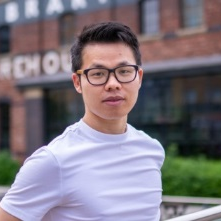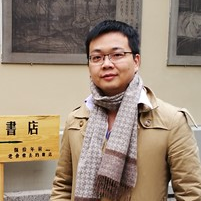Smart Farming: Cutting-Edge Technologies and Robots Used in Horticultural Crops
A special issue of Horticulturae (ISSN 2311-7524).
Deadline for manuscript submissions: closed (31 December 2023) | Viewed by 3123

Special Issue Editors
Interests: agricultural robotics
Special Issues, Collections and Topics in MDPI journals
Interests: machine learning; hyperspectral imaging; agricultural engineering
Special Issues, Collections and Topics in MDPI journals
Interests: computer vision; field robotics; frp composites; recycled concrete; mechanical performance of steel structures; computer vision; 3d reconstruction
Special Issues, Collections and Topics in MDPI journals
Interests: modeling and control; visual servoing; agricultural robotics; precision agriculture
Special Issues, Collections and Topics in MDPI journals
Special Issue Information
Dear Colleagues,
The world will need 70% more food, as measured by calories, to feed a global population of 9.6 billion in 2050, according to a report released by the United Nations. This will require farmers to use the same land to produce food more accurately and efficiently. Horticultural production is among the most labor-intensive agricultural systems. Smart farming and advanced robotics technology are likely to address these challenges over the coming decades by helping to optimize plant care and reduce the time humans spend on time-consuming and repetitive farming operations.
The purpose of this Special Issue “Smart Farming: Cutting-Edge Technologies and Robots Used in Horticultural Crops” aims to present state-of-the-art smart farming and robotics techniques to improve the productivity of fruits, vegetables and ornamental plants. Topics of interest include (but are not limited to):
- End-effectors, manipulators and platforms for breeding, seeding, crop protection, and harvesting
- Path-planning, control strategies and robotic manipulation for agricultural robots
- Autonomy and navigation in farming environments
- Fruit, vegetable and flower detection, tracking and localization
- Horticultural crop yield estimation/grading/monitoring/mapping
- Pest and disease detection of horticultural crops
- Automatic or robotic phenotyping for crop breeding
Dr. Ya Xiong
Dr. Junfeng Gao
Dr. Yunchao Tang
Dr. Antonio Candea Leite
Guest Editors
Manuscript Submission Information
Manuscripts should be submitted online at www.mdpi.com by registering and logging in to this website. Once you are registered, click here to go to the submission form. Manuscripts can be submitted until the deadline. All submissions that pass pre-check are peer-reviewed. Accepted papers will be published continuously in the journal (as soon as accepted) and will be listed together on the special issue website. Research articles, review articles as well as short communications are invited. For planned papers, a title and short abstract (about 100 words) can be sent to the Editorial Office for announcement on this website.
Submitted manuscripts should not have been published previously, nor be under consideration for publication elsewhere (except conference proceedings papers). All manuscripts are thoroughly refereed through a single-blind peer-review process. A guide for authors and other relevant information for submission of manuscripts is available on the Instructions for Authors page. Horticulturae is an international peer-reviewed open access monthly journal published by MDPI.
Please visit the Instructions for Authors page before submitting a manuscript. The Article Processing Charge (APC) for publication in this open access journal is 2200 CHF (Swiss Francs). Submitted papers should be well formatted and use good English. Authors may use MDPI's English editing service prior to publication or during author revisions.
Keywords
- agricultural robotics
- sensing and perception
- end-effectors and manipulation
- navigation and autonomy
- path planning








